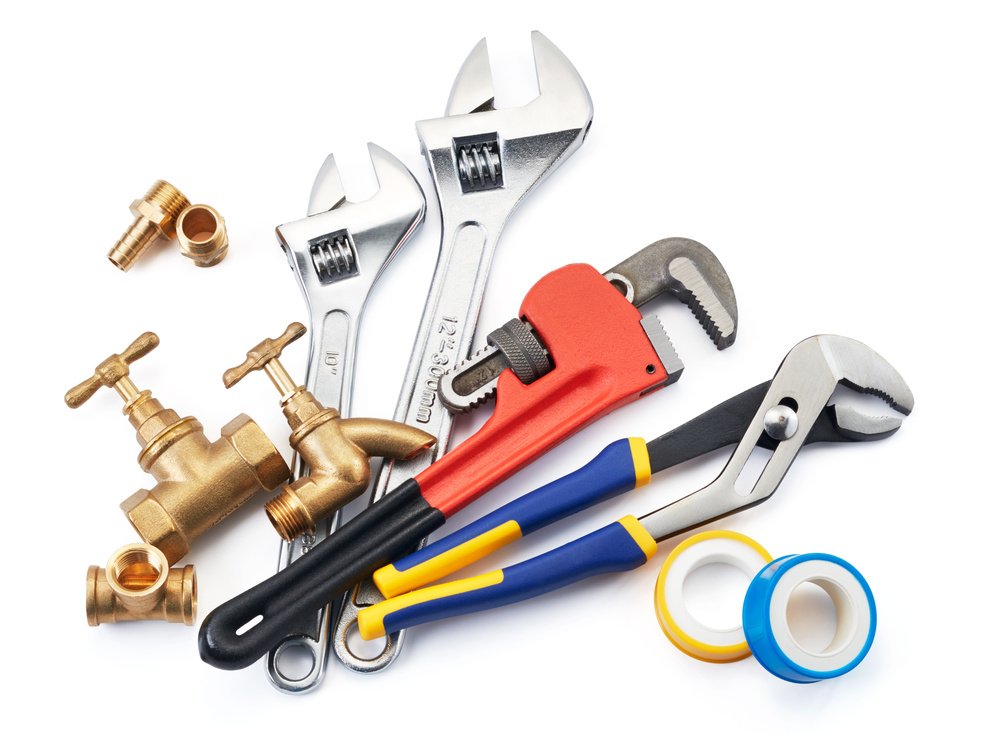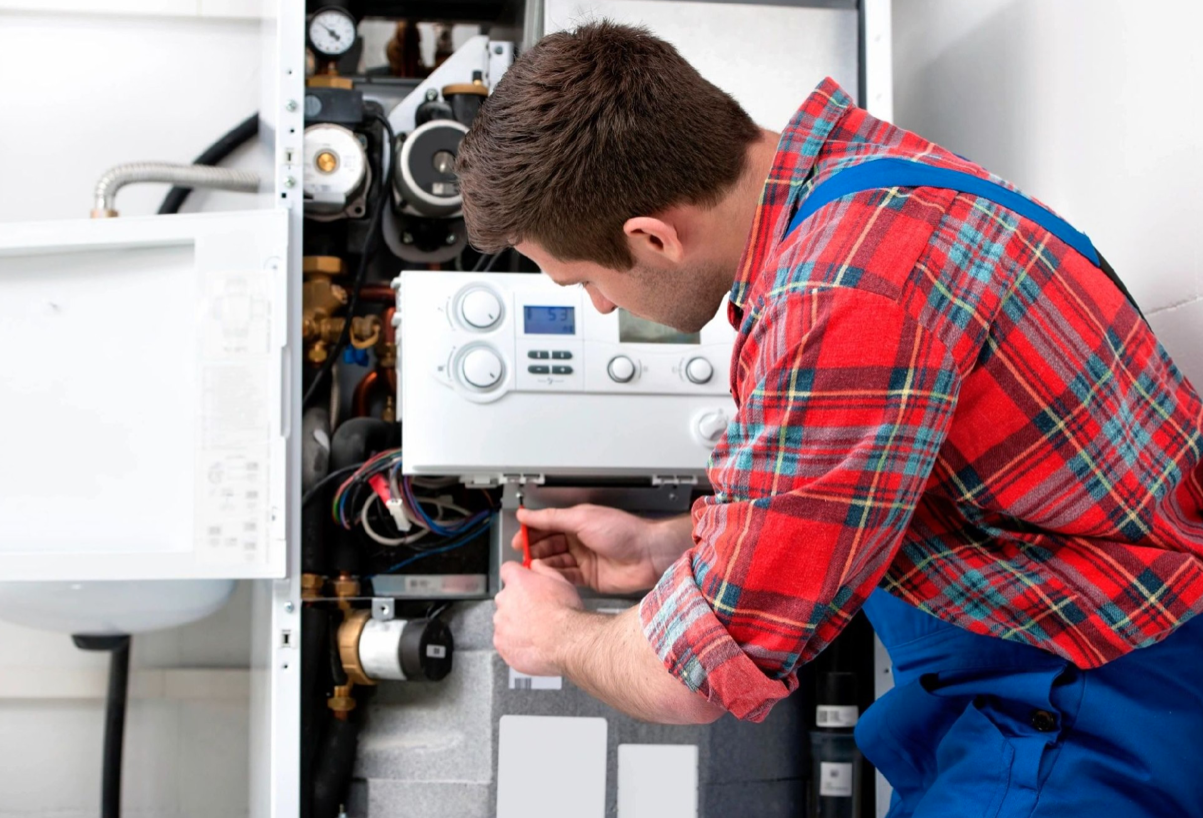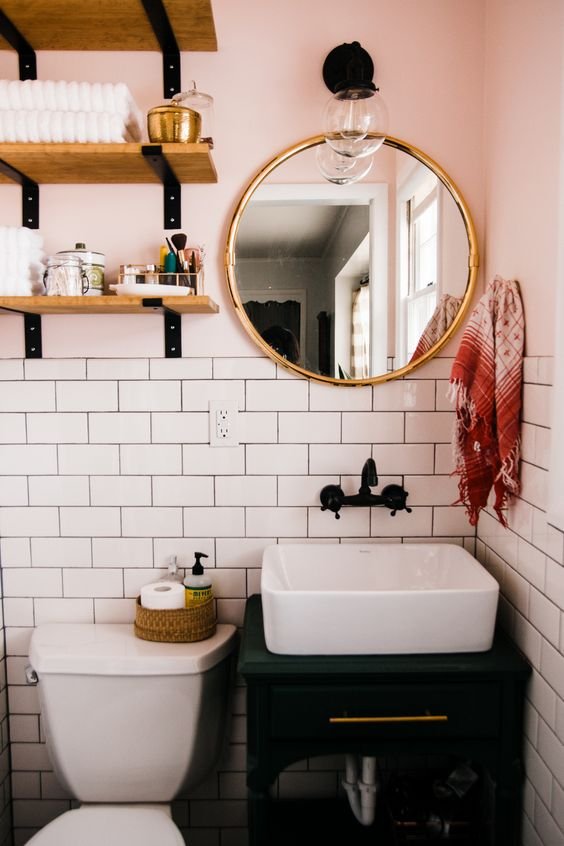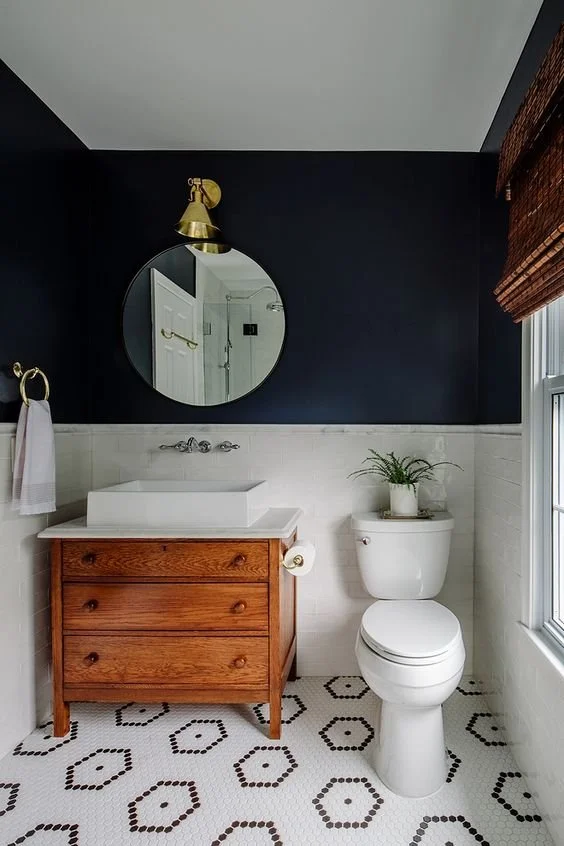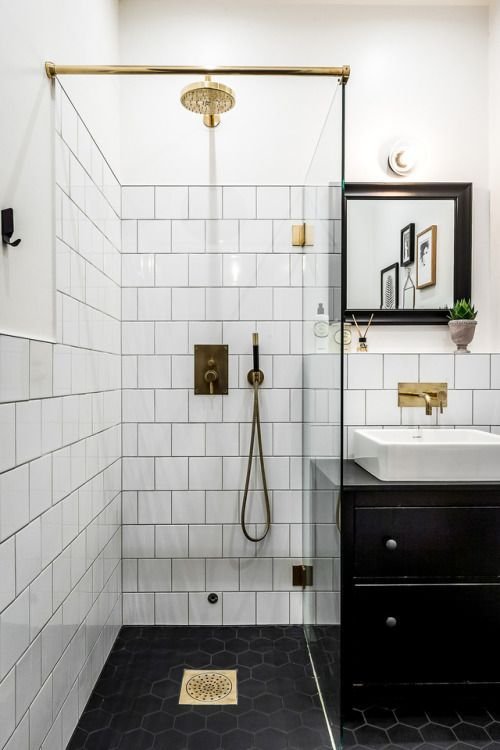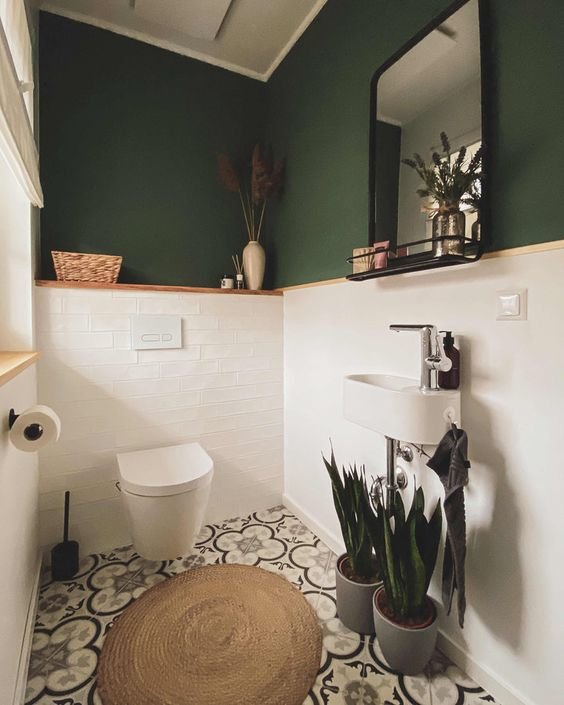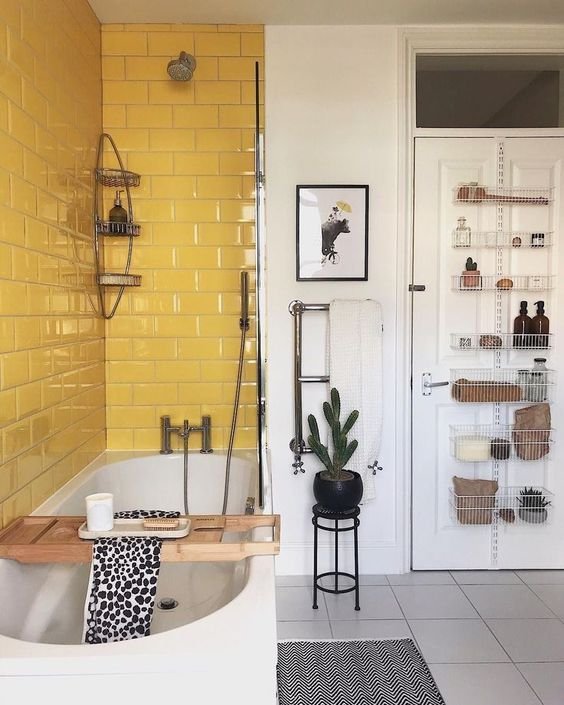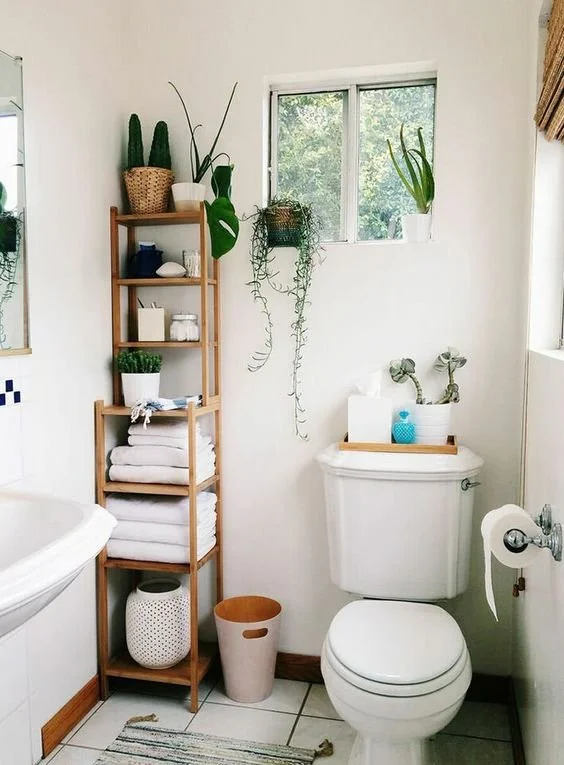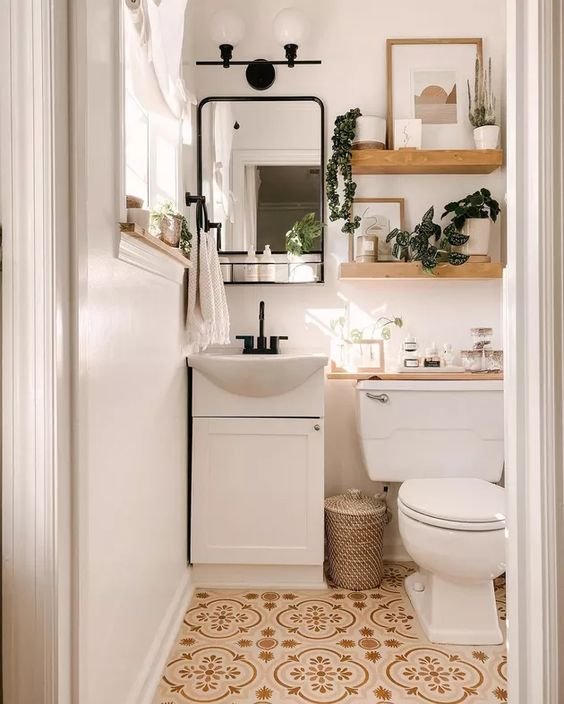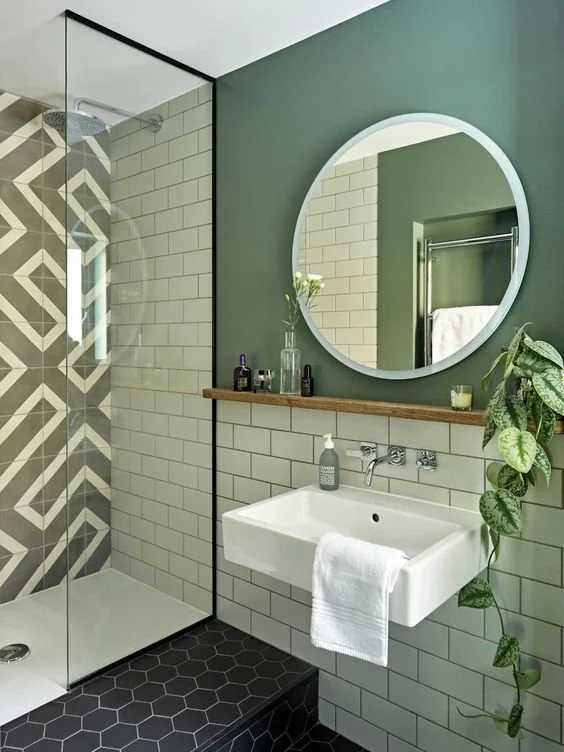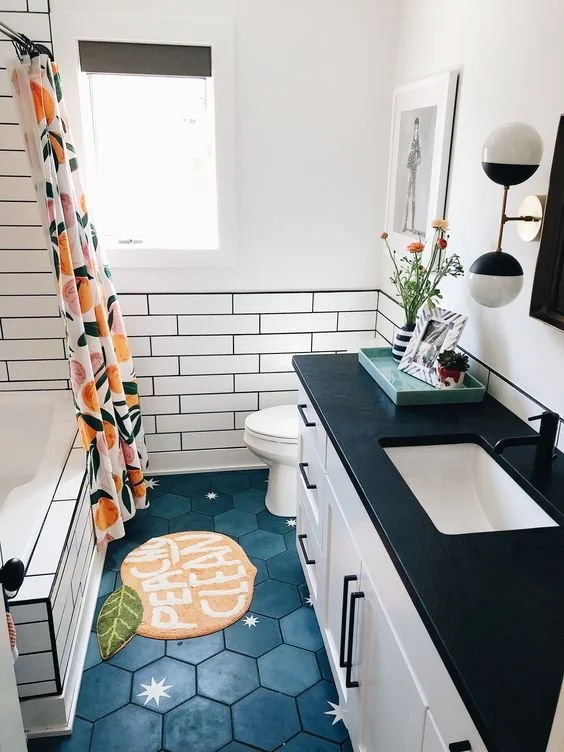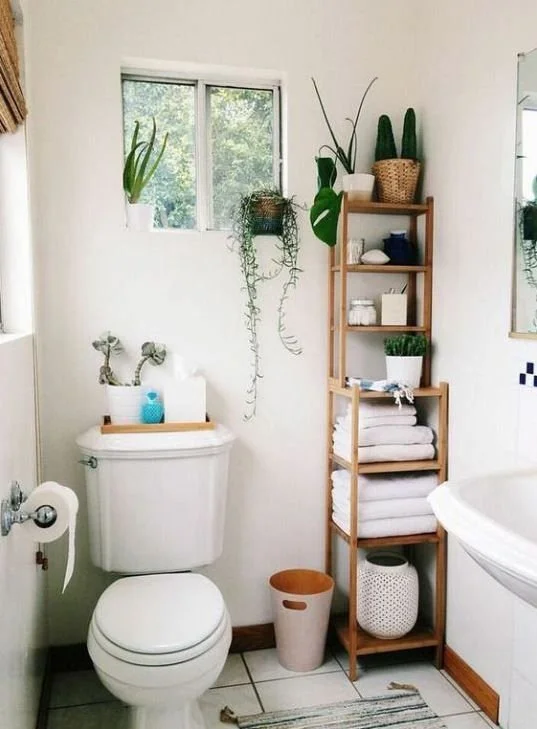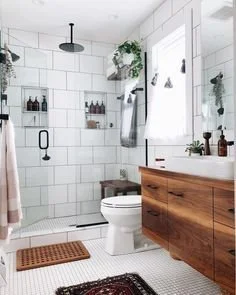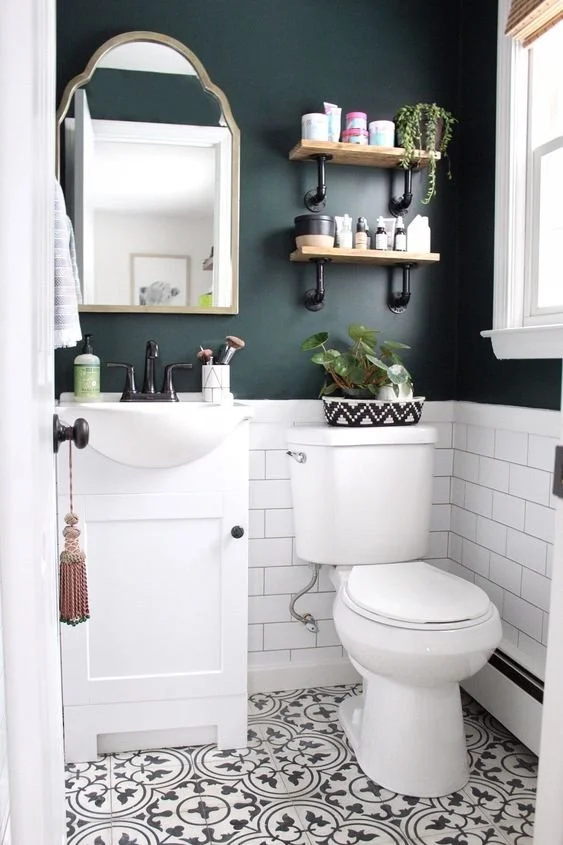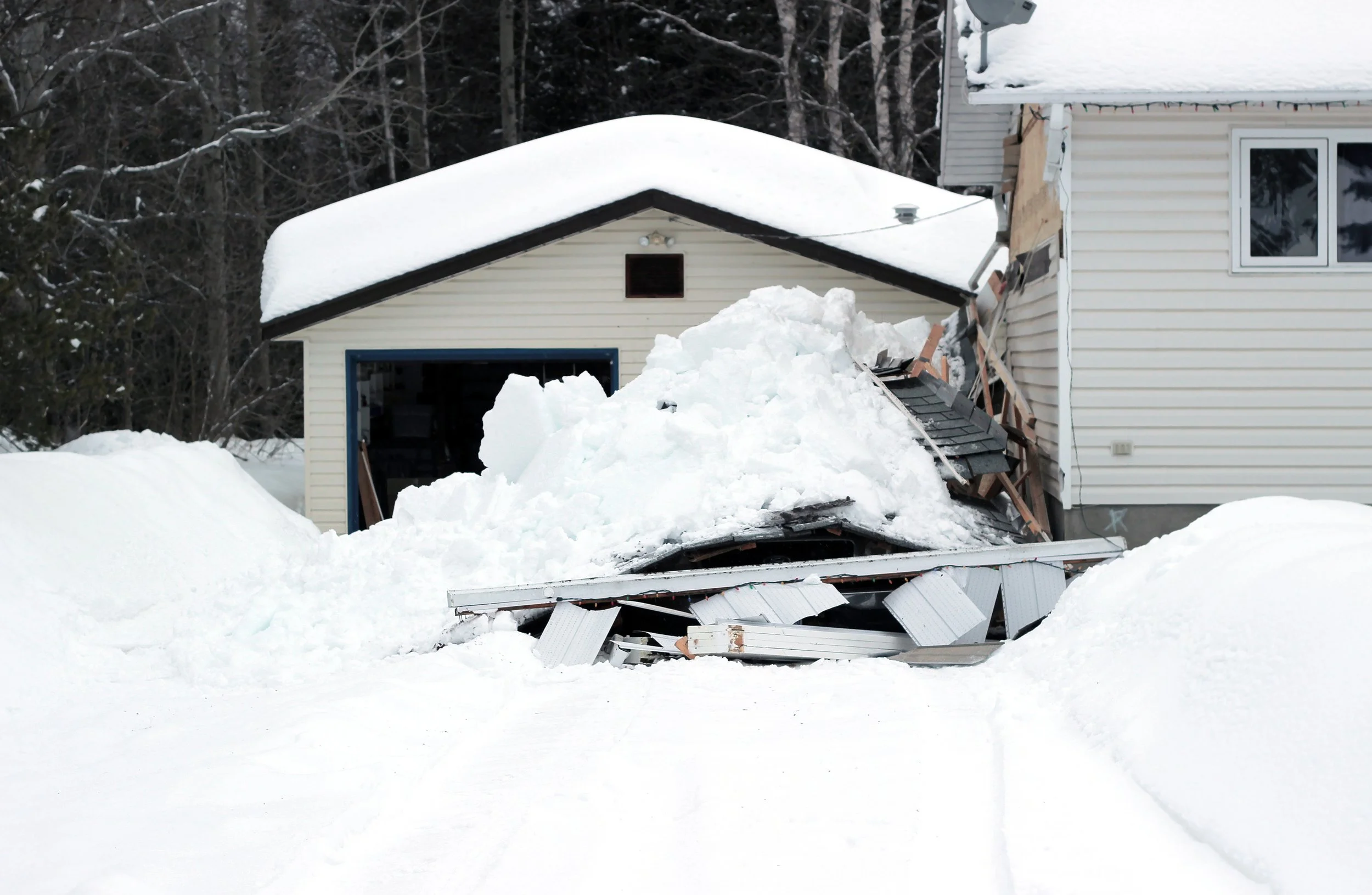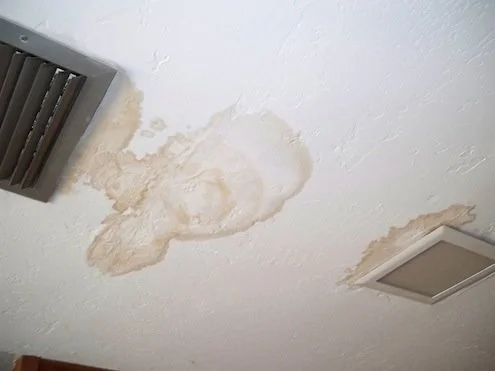5 Rookie DIY Plumbing Fails
RH Business Marketing Solutions
I'm sure you've heard that DIY projects are the worst. And while I'm not going to argue with that premise, it's important to remember that sometimes they can be done right! In this article, we'll look at some of the most common rookie plumbing fails and how to avoid them.
Turn off the water valve.
Your home may suffer significant damage from water. Call a plumber if you don't know where the main valve is located!
It's simple to forget that the main valve may be used to cut off water, therefore it's crucial to do so before beginning any plumbing repair. Additionally, make sure that your plumbing system is free of leaks (even little ones) and that all drains are clear.
Wretched threaded connections.
Overtightening is when you tighten a threaded connection too much and strip the threads out of the head. This happens because you’re using a ratchet wrench or wrench that has a lot of torque, which can easily strip the heads if done incorrectly.
Under Tightening is when you loosen a threaded connection too much and allow water to leak into your line or pipe system. This happens because we often use tools like pliers (which don't have enough surface area) or screwdrivers (which don't have enough grip). If this happens in an older home, there's no way to fix it without ripping apart walls and ceilings—or replacing everything from scratch!
Misread/Cannot read the gauge.
The most common rookie mistake is to not read the gauge. If you’re tightening a fitting, it’s important that you use a wrench that matches up with the pipe size and threading of your connection (and this doesn’t always mean a pipe wrench).
If you are using an adjustable wrench, make sure that it has enough grip on all sides of whatever part of the fitting is being tightened—you don't want any slipping or slipping out as pressure builds up inside. Also keep in mind whether or not what kind of metal your connection is made from will allow for an adjustable tool; if not, then stick with using only one type throughout all connections.
You installed new components without replacing old parts.
Without exchanging worn-out components, you inserted new ones.
This is a beginner error that is simple to see and can cause expensive issues in the future. Even if you don't even realize you're doing it until it's too late, the damage will have already been done if your pipes leak or your toilet runs nonstop. The good news is that most problems can be resolved quickly by simply replacing one component of your plumbing system. Therefore, be sure to replace any old pipes with new ones before any significant damage happens and after reading our article on how to fix common plumbing issues yourself (and how not to).
You didn’t replace worn-out parts.
If you’re like me, odds are you didn’t replace the old parts on your faucet. Even though they were in good shape when you got it and haven’t caused any issues since then, it might be time to take a look at them again—especially if they're starting to look worn out or rusty. Replacing worn-out parts with new ones can save you money in the long run by extending their useful life and reducing the need for repairs down the line. But how do you tell if something needs replacing? One way is by looking at them: If there's any kind of rust on a faucet handle (or anywhere else), then it's probably time for an upgrade!
It's better to call a plumber if you aren't sure what you're doing.
If you're unclear of how to handle an issue or the appropriate treatment, it's better to consult a plumber.
Do-it-yourself homeowners frequently attempt to solve their problems on their own without consulting a professional. It could be unsafe and possibly very expensive if something goes wrong in your house, particularly when dealing with plumbing issues like leaks and flooded basements.
It's possible for you to think that hiring a plumber just entails out-of-pocket costs, but this is inaccurate. Most usually, the cost of having someone come to your home and perform an assessment will cover their fees (in addition to any materials needed).
If you’re thinking about tackling your own plumbing, remember that it can be a dangerous job. Before you get started on any projects, make sure you have all the right tools and materials and always practice safe work habits. This article offers some great tips for beginners looking to tackle their own DIY plumbing projects from San Francisco plumbing professionals.





